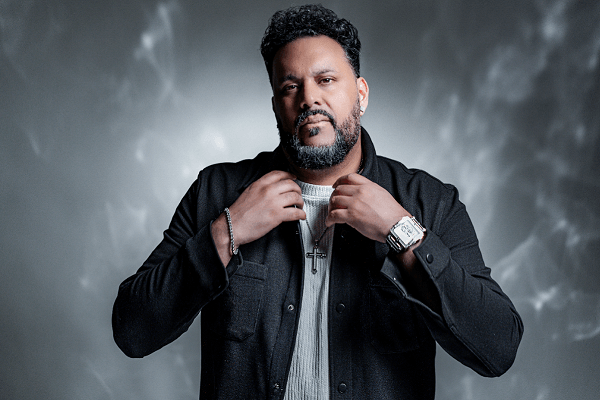Beatriz Márquez Castro is a singer, composer, and pianist, born on February 17, 1952, in Havana.

She is the daughter of the prestigious composer and performer René Márquez. She began her artistic career in 1968.
An exponent of romantic songs, “feeling,” and bolero, she gracefully delved into these genres, performing pieces by prolific authors such as René Márquez, Marta Valdés, Juanito Márquez, Silvio Rodríguez, and Germán Nogueira, among others.
Her mezzo-soprano range has enabled her popular “descents” to low tones, as well as her unexpected and no less appreciated “ascents” to much higher tessituras, without losing her defining style. This style is very appropriate for songs and boleros, genres in which she has remained one of Cuba’s leading cultivators.
She is known as “La Musicalísima.”
We are witnessing the realization of a long-cherished project with which the performer, pianist, and composer Beatriz Márquez settles a debt both on a family level and within Cuban discography.
After several years of searching through archives and old recordings, thanks to the collaboration of Cuban audiovisual producer Felipe Morfa, it was possible to prepare “Este encuentro” (Colibrí Productions, 2023). This album features a selection of known and unreleased pieces by singer and composer René Márquez Rojo (1914-1986), some of which were popularized in their time by internationally renowned figures like Antonio Machín or the Puerto Rican Daniel Santos, to name just two examples.

Given the influence René had on the career of his daughter and grandchildren, this is an album full of love and, above all, gratitude.
While he was best known for his songwriting, it is important to highlight the mark he left as a charanga singer.
Among others, we can mention his work with the charangas of violinist Cristóbal Paulín, Oscar Muñoz Bouffartique, and René Touzet.
He debuted at the Mil Diez radio station with the group led by Julio Cueva, to which he dedicated himself for ten years.
From the late 1930s onwards, the lyrics by the artist from Villa Clara quickly resonated with the public.
“El Inquieto Anacobero” recorded “El disgusto de bigote” with the Sonora Matancera in 1949 and also sang other Cuban songs such as “Soltando chispas,” “A San Lázaro,” and “El granito de maíz.”
René’s songs, among which “El quinqué” cannot be missed, speak of his natural ingenuity for storytelling.
Upon his death at 72, he left a musical legacy that has since been defended by his descendants.
In over five decades of her artistic life, Beatriz has become her father’s most faithful interpreter, having recorded songs for several albums such as “No respondo,” “Explícame por qué,” and the now famous “Espontáneamente,” initially included in the LP “Es soledad” (Egrem, 1970) and re-recorded on multiple occasions.
In “La Musicalísima”‘s discography, prior to this material, there were only two phonograms exclusively dedicated to the work of a single author: “Beatriz canta a Juan Almeida” (Egrem, 1978), followed forty years later by “Libre de pecado” (Colibrí Productions, 2018), a tribute to maestro Adolfo Guzmán, thus contributing to the rescue of the island’s musical memory.
“Este encuentro” spans traditional trova and moves from guaracha to son, without forgetting some of the composer’s most notable boleros.
It also allows us to appreciate René Márquez’s interpretive qualities by hearing his voice, rescued from old recordings.
The special participation of singers Evelyn García and Michel Maza, continuators of the family saga, is noteworthy.
Now, the 2015 National Music Award winner and the main architect of this phonogram invites us to explore René Márquez’s immense body of work, one that will by no means be forgotten, across eleven tracks._ Jaime Masó

Beatriz Márquez – Este Encuentro (2023)
Tracks:
- Este Encuentro
- La Vida Es Un Momento
- Muchachito Inocente
- No Respondo
- Nunca Habrá Distancia
- Soltando Chispas
- En El Cielo De Mi Vida
- Imposible Amor 09. Popurrit 10. Espontáneamente 11. Mi Placer
By:
Also Read: Enrique “Culebra” Iriarte, master of the piano and musical composition
















